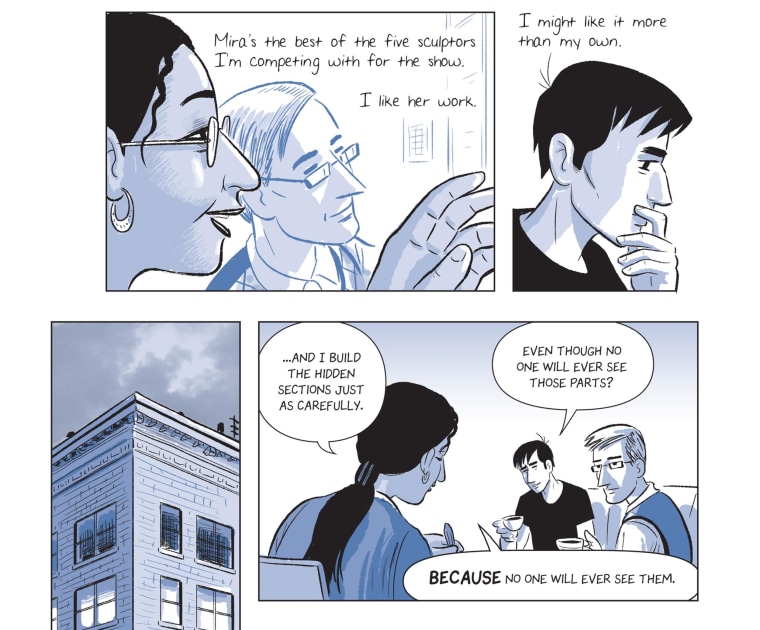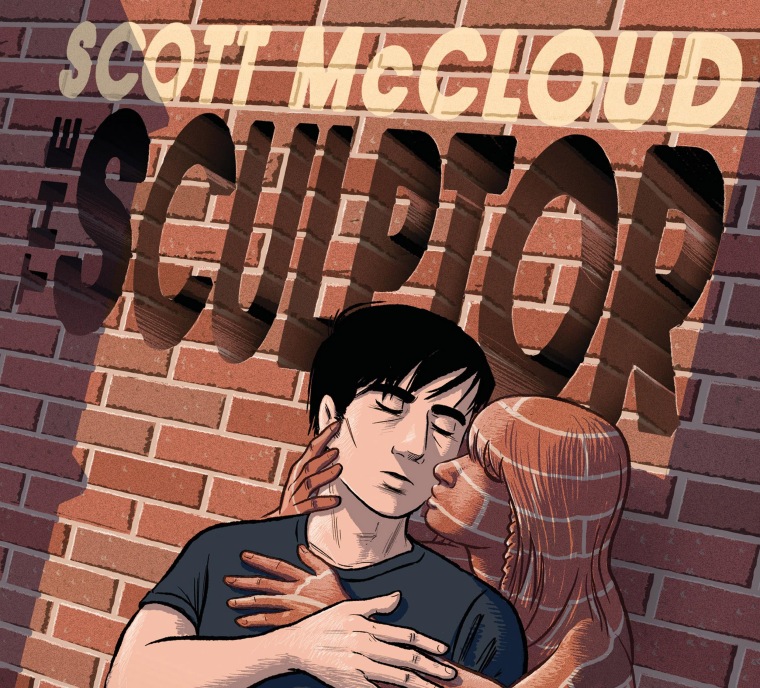Comic books have always been a safe place for outsiders. They push us to get better, stronger, faster. They show us panel by panel how ordinary people can become extraordinary. But being a Latino comic book geek is still tough. Our language and culture can make us feel doubly misunderstood, setting us apart from other comic book fans, like a minority inside a much larger group.
And even when comic book geeks find mainstream acceptance in popular TV shows like “The Big Bang Theory,” we can still feel left out. Leonard, Sheldon and Penny could be Latino friendly—they live alongside many Latinos in southern California, and a can of Café Bustelo has appeared on the counter of Leonard and Sheldon’s kitchen. Yet they never interact with any Latino characters.
Nevertheless, we Latino comic book geeks and artists will defend our fanboy and fangirl passions. Comics amplify everyday feelings—each frame is like a snapshot of thoughts, dreams and desires. So when Scott McCloud, a comic book creator famous for explaining comics to mainstream readers published his new graphic novel “The Sculptor" in February, many loyal fans lined up to buy it.
McCloud’s books about comics gave us respect. “Understanding Comics” (1993) and “Making Comics” (2006) elevated our favorite books from gutter pulp and children’s stories to masterworks of art and literature. But as we follow struggling artist David Smith in McCloud’s novel, some Latinos will wonder: how would “The Sculptor” play out differently if the protagonist had been named Sánchez?
At times, “The Sculptor” does a great job at reminding readers how we are all the same. “… everyone I pass on the street is a would be artist like me,” says Smith. “Businessmen, bartenders, cab drivers… everyone is secretly a dancer, an actor, a worker, a painter… a million of us with the same dreams to create, to connect, to be remembered.”
Because artists push the limits of our imagination and fight against the pressures of society, it is easy to see why non-Latino and Latino readers could relate to Smith’s story.
“People who love comics often build an encyclopedia of their lives in their heads,” said Felipe Galindo “Feggo,” a critically acclaimed Mexican cartoonist based in New York. “We look back on our lives [like Smith and McCloud] to remember our favorite books, movies and artists… and use them to tell our own stories,” said Feggo.
Seeing life mirrored in a comic is empowering. But when characters fail to capture our own experiences, we can also feel invisible. Smith spends much of his time agonizing about being discovered as an artist. And when a beautiful woman dressed as an angel finds him on a crowded street, it seems too good to be true.

While McCloud’s muse-like character helps Smith find his way as a sculptor, some Latina readers feel that the idea of “waiting to be discovered” is unrealistic.
“As an artist, you cannot be dependent on others to develop your art,” said Mexican artist Andrea Arroyo. “You need to take your career in your own hands - make yourself visible by working on your art every day.”
Smith himself is a popular stock character that has appeared in many books and movies. From Spider-Man to Achilles, we recognize the story of the hero whose talent is both a gift and a curse. Latino comic book creator Javier Hernandez says that telling old stories in new ways is part of our heritage. It shows how Latinos innovate and recreate American culture.
“We are all recreating stories,” said Hernandez. “But the combination of your experiences and interests gives your art a new purpose, makes it fresh.” Hernandez’s comics combine tortured superheroes and monsters with Latino culture such as lucha libre (wrestling) and mariachi music to tell new stories.
Not all Latinos agree on recasting comic book characters to make their stories fit into different races and cultures. “It’s time to stop, stop trying to take what’s already there and try to fit a culture into it,” said movie star Michelle Rodriguez a few days ago in a Facebook video post that became a topic of conversation. “I think that it’s time for us to write our own mythology and our own story.”
Even though many of us want to see more mainstream Latino heroes to reflect our American diversity, comic books are still a great platform to tell a story. Sony just picked up the movie rights for McCloud’s indie novel. Three decades ago, bringing an indie comic to the silver screen would have been a superhuman achievement.
And in this sense, “The Sculptor” unites Latinos and Americans in one common story—we are all underdogs trying to succeed.
